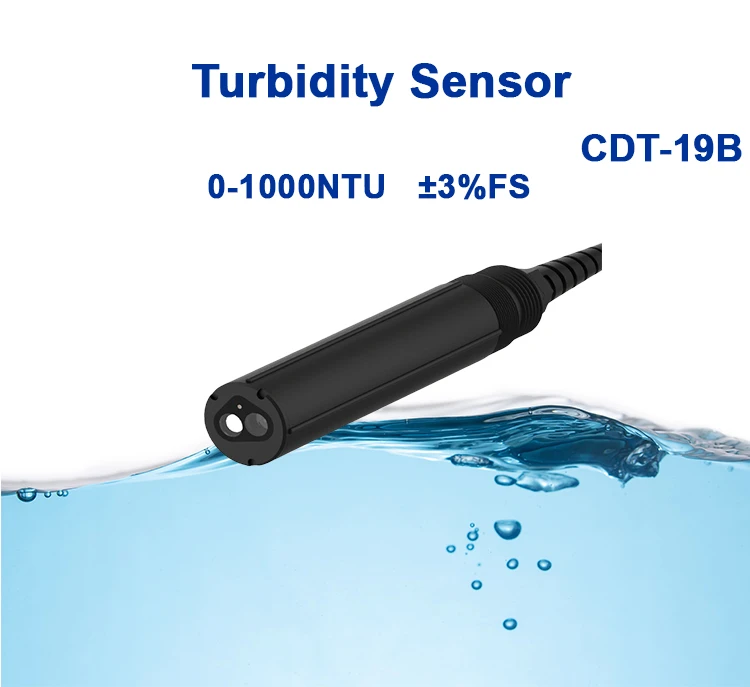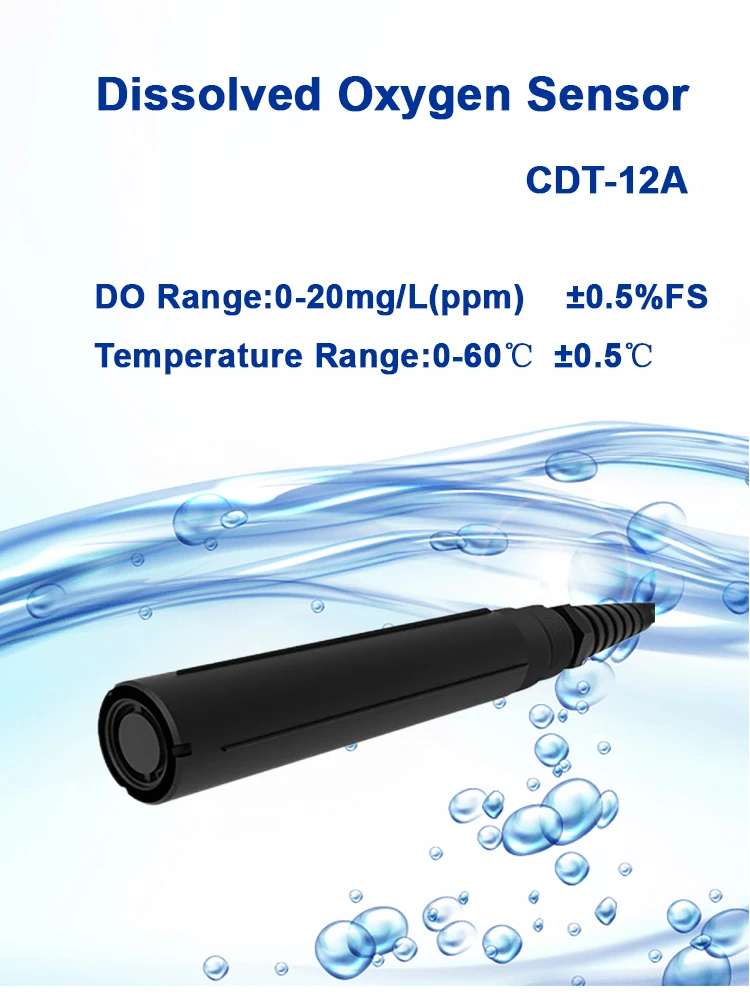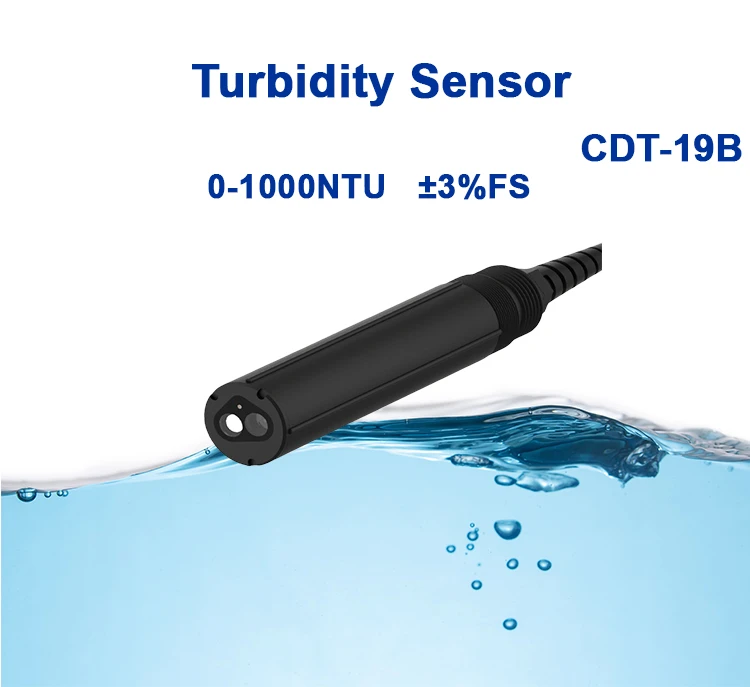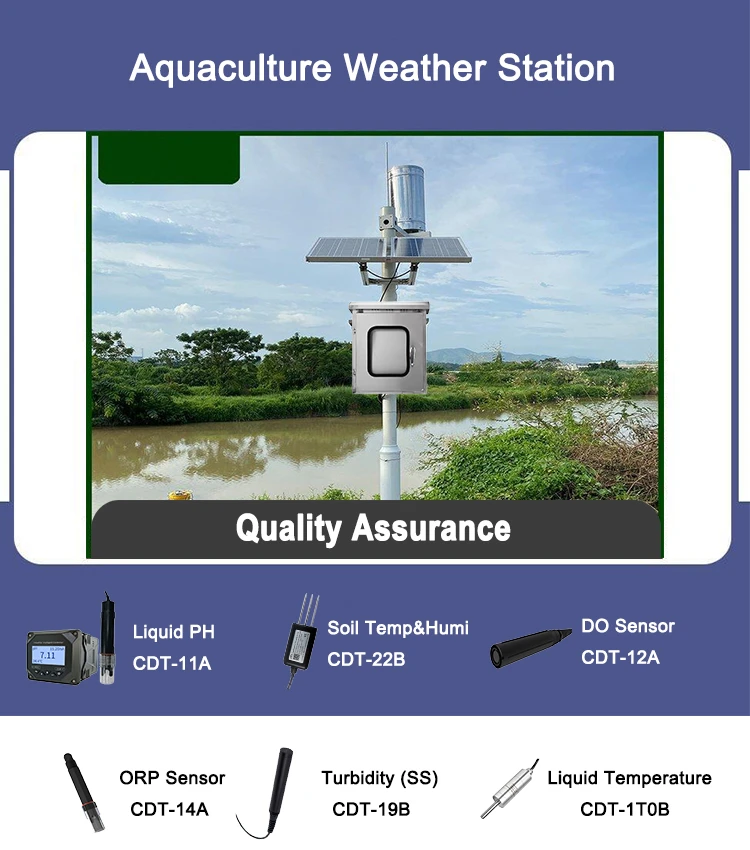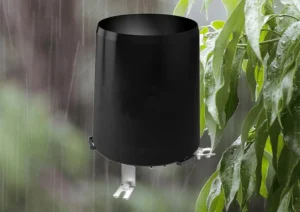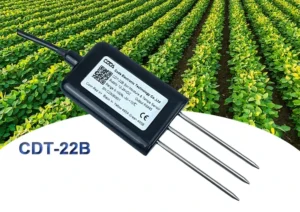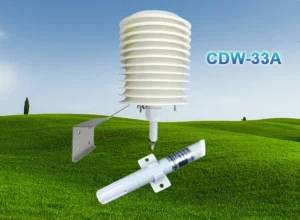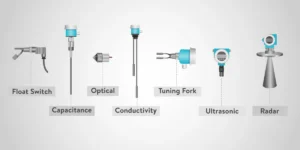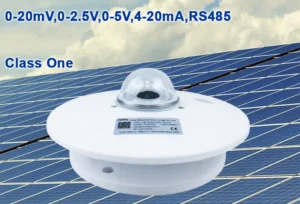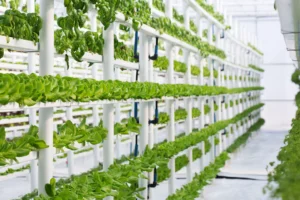Do Water Quality Sensors Detect Contamination?
In today’s world, clean and safe water is crucial. Water quality sensors help protect our water resources. One of the most pressing questions regarding these sensors is their ability to detect contamination. This article delves into the workings, capabilities, and limitations of water quality probes to answer this crucial query.
Types of water parameter sensors and Their Detection Mechanisms
Water quality probes come in different types. Each type measures specific factors that can show contamination.
Dissolved Oxygen (DO) Sensors:
DO sensors are essential for monitoring the amount of oxygen dissolved in water. Aquatic life needs dissolved oxygen to survive. A big drop in its levels can show signs of contamination.
Organic pollutants, such as sewage or agricultural runoff rich in fertilizers and pesticides, can trigger excessive growth of microorganisms. These organisms consume oxygen during decomposition, leading to hypoxic conditions.
For example, in a river near a poorly managed farm, runoff with manure can quickly lower dissolved oxygen. A DO sensor can easily detect this change.
pH Sensors:
The pH scale measures the acidity or alkalinity of water. A sudden shift in pH values can indicate the intrusion of contaminants. Industrial waste often contains highly acidic or alkaline substances. Si fabrica aquam acidam in corpus aquae dimittit, sensorem pH notabit magnam reductionem pH, monens auctoritates de contaminatio potentiali. The release of alkaline cleaning agents from businesses can raise the pH level. The sensors can detect these changes.
Conductivity Sensors:
Conductivity sensors measure the electrical conductivity of water, which is directly related to the presence of dissolved ions. An increase in conductivity typically suggests the presence of salts, heavy metals, or other ionic contaminants. Mining activities, for instance, can release heavy metals like copper, zinc, and lead into water sources. These metals increase the water’s conductivity, and a conductivity sensor will pick up this change, indicating possible contamination.
Turbidity Sensors:
Turbidity refers to the cloudiness or haziness of water caused by suspended particles. High turbidity levels can show different contaminants. These may include soil particles from erosion, industrial solids, or biological matter. Construction sites near water bodies often increase turbidity as rain washes soil and sediment into the water. Turbidity sensors can detect these changes, providing early warnings of potential pollution.
Specific Pollutant Sensors:
Advanced water quality probes are designed to target specific contaminants. Chemical sensors, for example, can detect heavy metals like mercury, cadmium, and arsenic with high precision. These sensors work based on chemical reactions that produce measurable electrical signals when the target contaminants are present. Engineers design biosensors to detect biological contaminants such as bacteria, viruses, and harmful algae. They rely on biological recognition elements, like antibodies or enzymes, to identify and respond to specific pathogens.
Applications of Water Quality Sensors in Contamination Detection
Water parameter sensors are widely deployed in different settings to detect contamination effectively.
Municipal Water Treatment Plants:
These plants use sensors to check the quality of raw water. They make sure that treated water is safe to use. Sensors constantly check for contaminants during the treatment process. They monitor everything from raw water intake to the distribution of treated water to consumers. This helps prevent contaminated water from reaching households and protects public health.
Industrial Settings:
Industries are required to monitor the quality of the water they discharge into the environment. Water quality probes at industrial outfalls detect pollutants before the facility releases the water. This allows industries to take corrective actions, such as treating the wastewater further, to avoid environmental contamination and comply with regulatory requirements.
Environmental Monitoring:
In rivers, lakes, and oceans, we place water quality sensors in key spots. These sensors check for signs of contamination. Scientists and environmental groups use these sensors to study how human activities affect water quality. This includes things like farming and city development. Early detection of contamination enables timely intervention to protect aquatic ecosystems and the communities that depend on them.
Limitations of water parameter sensors in Contamination Detection
While water quality probes are powerful tools, they do have certain limitations.
Detection Limits:
Every sensor has a detection threshold below which it cannot accurately detect the presence of a contaminant. Some new pollutants, like certain drugs and personal care products, appear in water at exceedingly low levels. These levels may be too low for standard sensors to detect. As a result, these contaminants may go undetected, posing potential risks to human health and the environment.
Interference:
Other substances in the water can interfere with sensor measurements, leading to inaccurate results. Certain chemicals can interact with the sensor. This can make it seem like a contaminant is present or hide its detection. This interference can make it hard to get reliable data. This is especially true in complex water samples with many different substances.
Complex Mixtures:
Water contamination often involves complex mixtures of different pollutants. Many manufacturers create sensors to measure single parameters or specific contaminants. They may not accurately assess the combined effects of multiple pollutants in a mixture. Understanding the interactions between different contaminants and their cumulative impact on water quality remains a significant challenge.
In conclusion, water quality sensors are very good at finding many types of contaminants. However, they do have some limits. By knowing these strengths and weaknesses, we can use these sensors better. We can also create advanced technologies and set up complete water quality monitoring plans. We are making progress in sensor technology. Understand water pollution better now. These advancements help us protect our water resources more effectively. This will help ensure clean and safe water for future generations.
